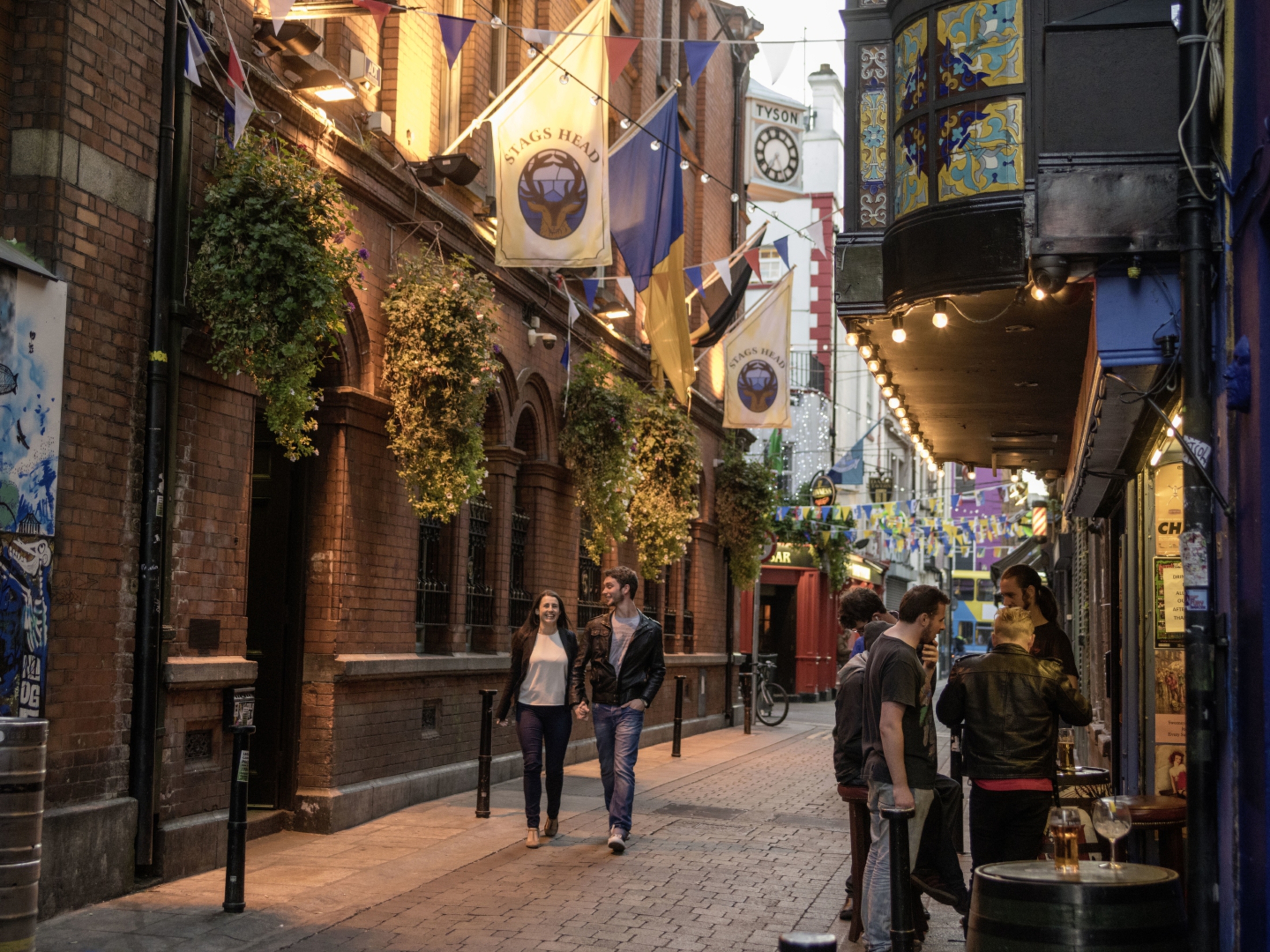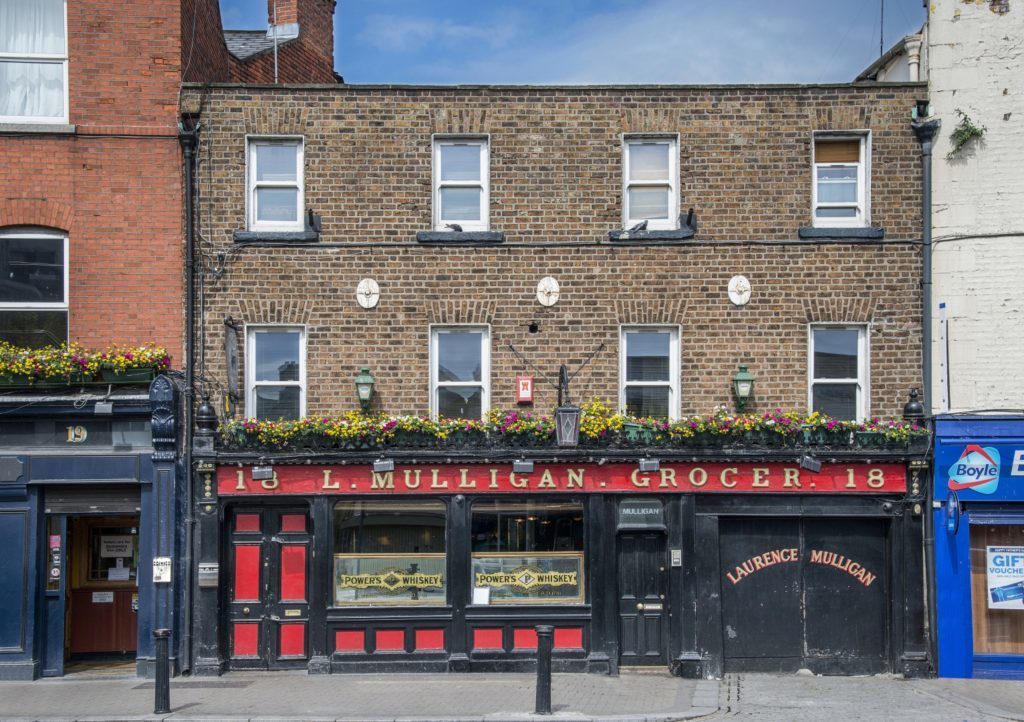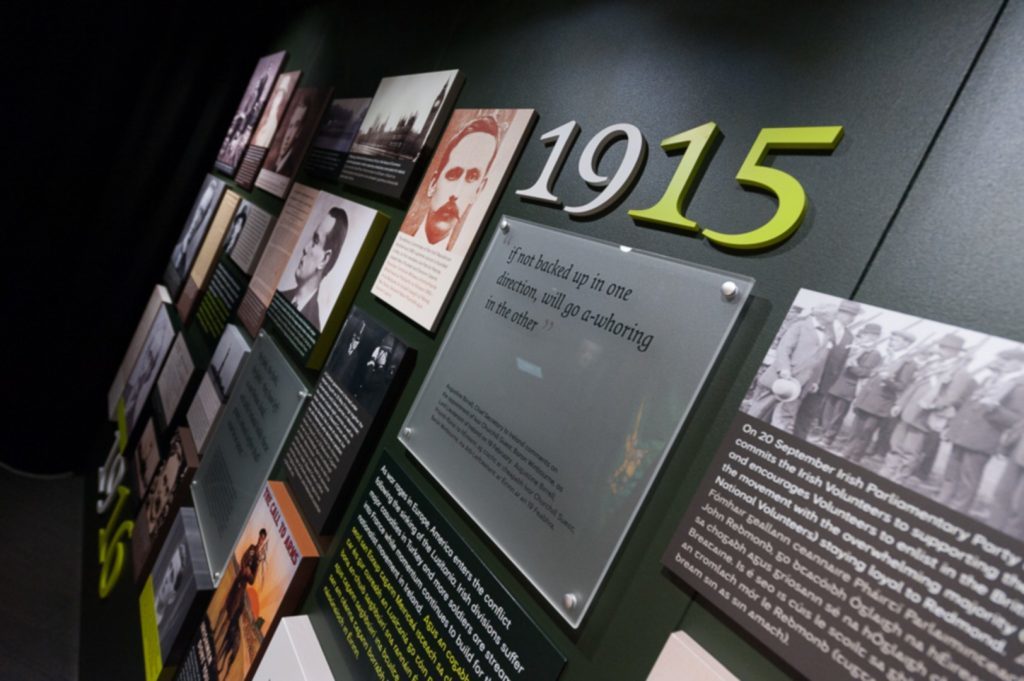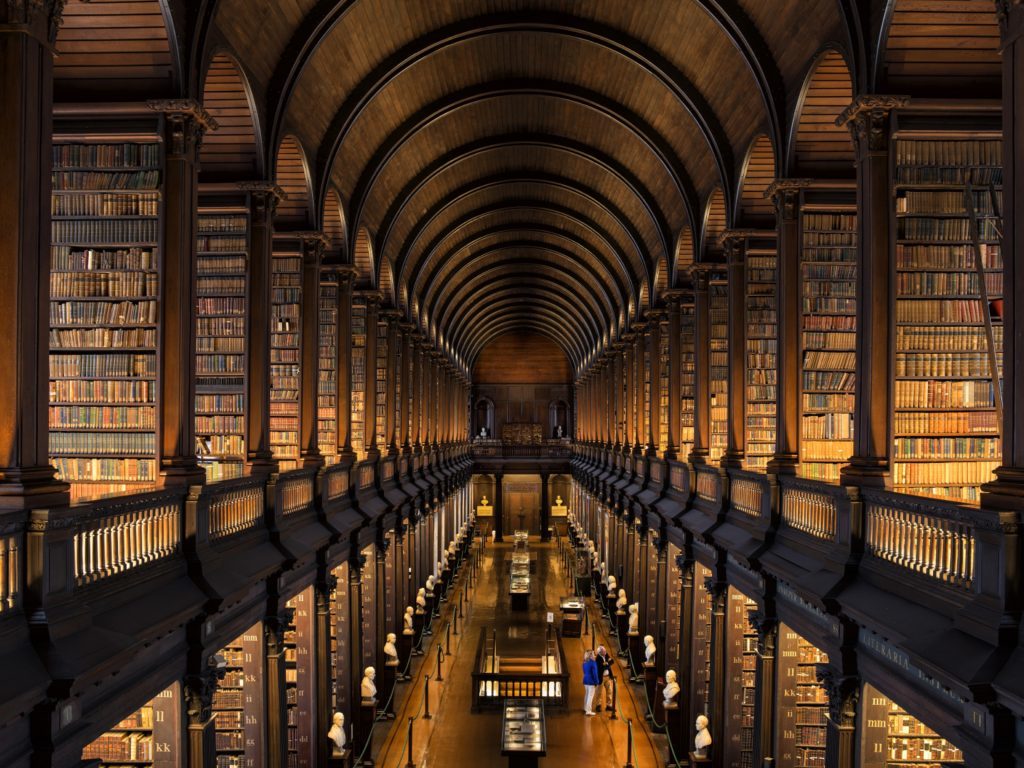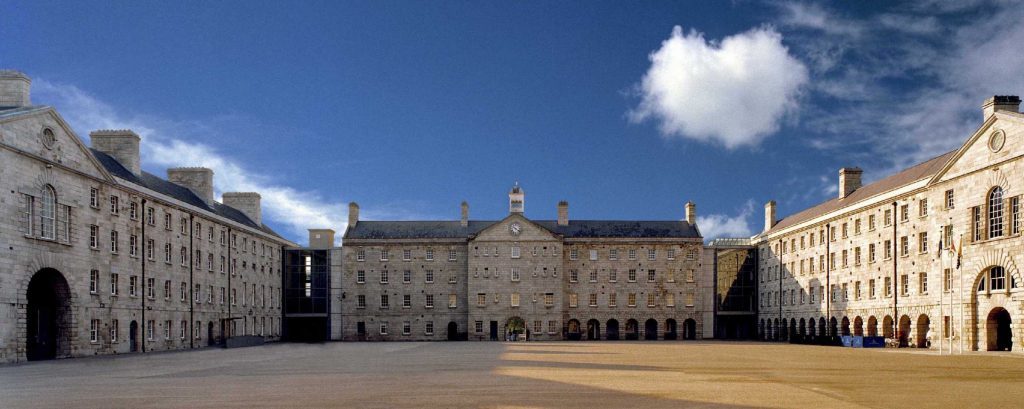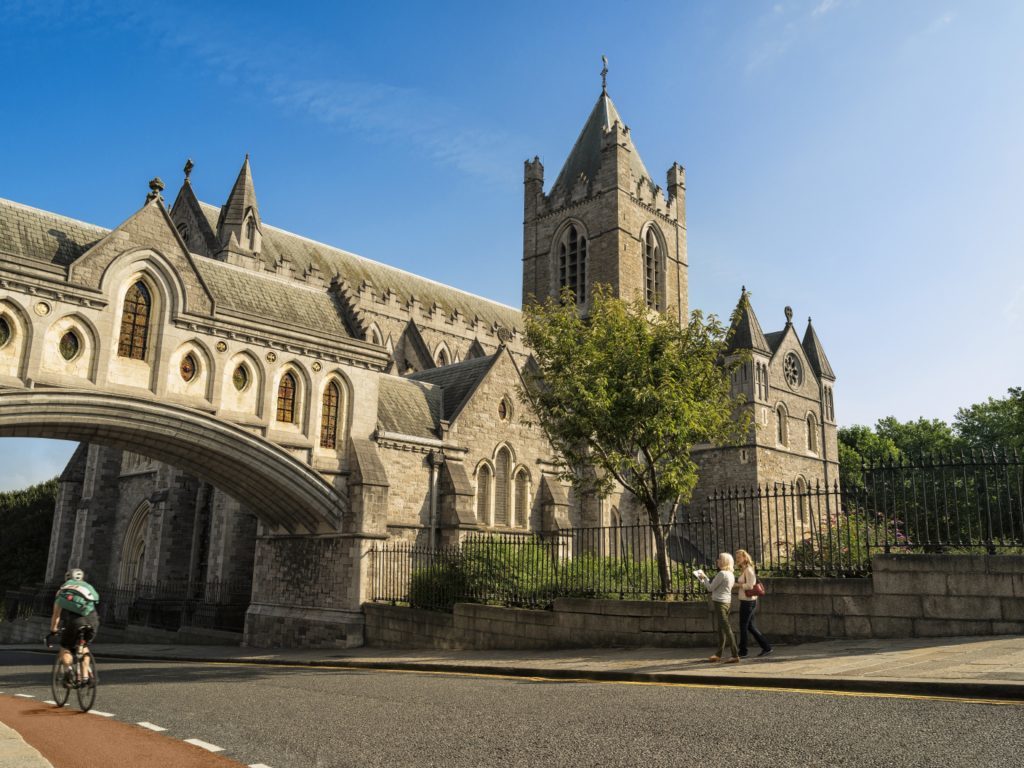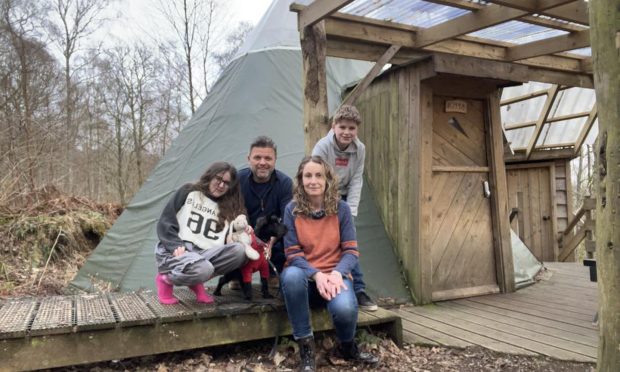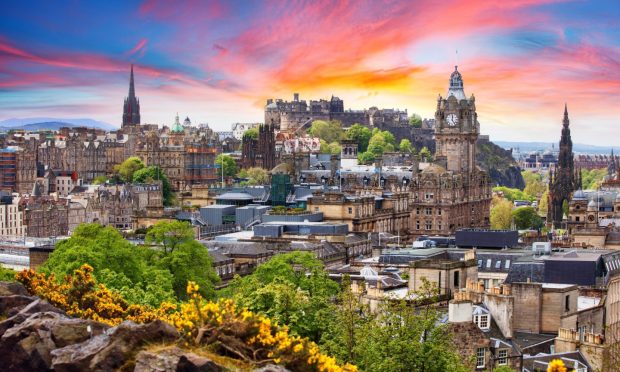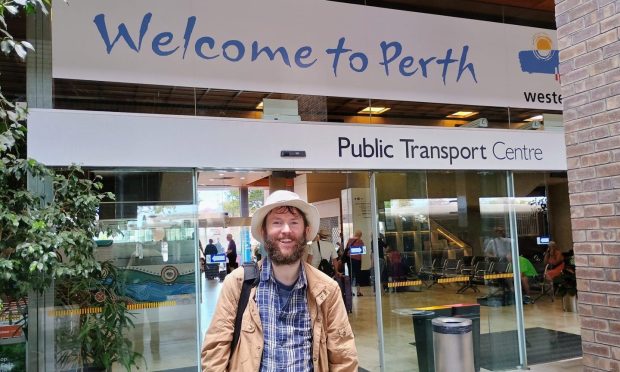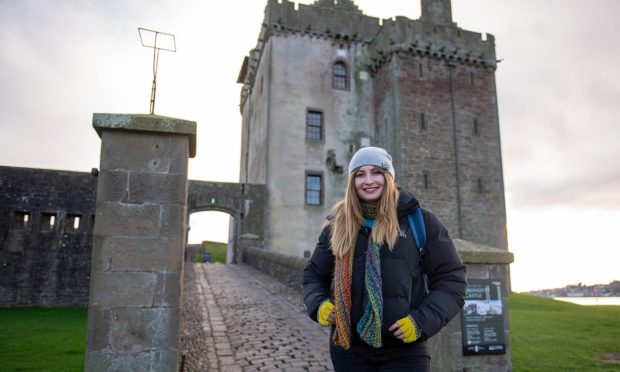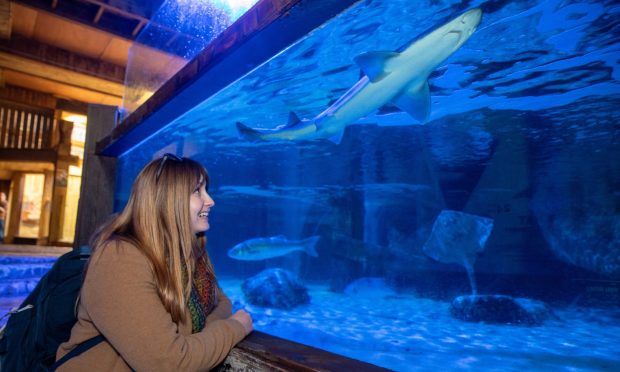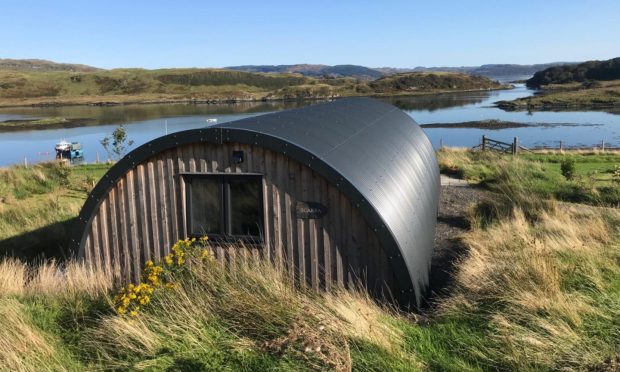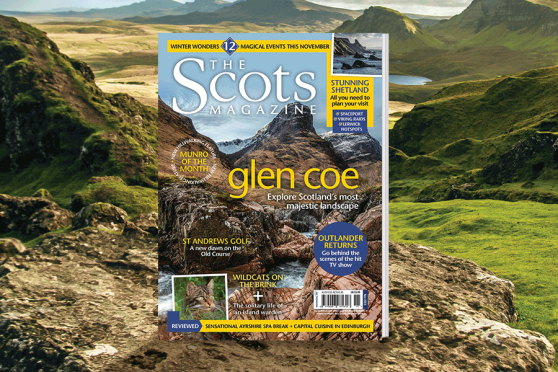During the summer of 2015, I travelled solo around Europe for three months.
Previous years had brought long-haul trips to exotic locations in both hemispheres. So there needed to be something different for 2016.
The sudden realisation that the 22 different European countries covered in 2015 did not include Ireland came with a certain sense of shame. Dublin had always been a place to visit “at some point”, so this was the point.
With two sets of great-grandparents from Ireland, among the many who came to Dundee to find work in the jute mills, there was obviously some interest.
The fact that a lovely Irishman was now part of my life gave even more impetus – now I had a personal guide who promised to “point at stuff and make things up”.
The scale of the city is surprising. O’Connell Street is said to be the widest street in Europe and anyone visiting is wise to bring a decent pair of walking shoes.
This is a place to explore on foot, except for a wee hurl on the Luas, the light rail tram system.
Most people will visit for a long weekend, but few people only visit once, but how should we introduce ourselves to this great European city?
A touch of magic: The Book of Kells
The book itself, as exquisite and historic as it is, can be a bit of a disappointment depending on which day you visit. The Book, completed in 348AD, contains the four Gospels in Latin with other Old Latin texts in the most exquisite script.
The page is turned once every day to rotate its exposure to even a protective low light, so there’s the chance you might visit on a slightly duffer page day.
It matters not a bit. It’s all about the context. The grounds of Trinity College are a wonderful wander in themselves before finding the Old Library that houses the Book of Kells.
The exhibition is beautifully presented and manages to convey the historical importance of the volume. Nothing can match the jaw-dropping moment of the Long Library, however.
The high vaulted ceiling, alcoves and wooden shelves protect 200,000 of the nation’s oldest books. There are also historical documents on display including one of the 12 or so remaining original copies of the 1916 Proclamation of the Irish Republic, which Padraig Pearse read aloud outside the General Post Office at the start of the Easter Rising.
In the footsteps of the patriots: GPO Witness History
The 100th anniversary of the Easter Rising is a running theme through museums and galleries but a more lasting reminder can be found at the GPO building on O’Connell Street.
Of course this was the site where those fighting for Ireland’s independence were holed up during the main fighting in April 1916 and it’s only right that any permanent exhibition should be here.
GPO Witness History managed to be 21st century interactive without losing any of the atmosphere of the time. The issues leading up to the Rising are explained clearly and simply; the week of the Rising itself is presented through not only artefacts of the time but film and digital presentations that have a properly immersive feel; then the aftermath that eventually led to the Irish Republic is described in a way that everyone can understand.
The next step is, of course, to buy a postcard of the Proclamation and send it from the GPO itself.
Best bar none: The pub crawl
Even for the teetotalers, a pub crawl is a must. It’s easy to head to Temple Bar and get consumed among the whistle music and leprechauns, but take some advice. Ask a local where to go to escape the inflated Guinness prices and faux craic.
Pubs can be as much about the culture as the drinking, and in Mulligan’s in Poolbeg Street is certainly that. In more than two centuries, it has welcomed visitors such as James Joyce, Judy Garland, and John F Kennedy, who rubbed shoulders with everyone from journalists to dockers.
About a 10 minute walk away is The Long Hall in South Great George’s Street. The interior is spectacular with engravings and prints and Art Nouveau glass. It has a decent rock’n’roll pedigree too, however, with the video for Phil Lynott’s Old Town filmed in here. It’s also the haunt of Bruce Springsteen when he plays in Dublin.
Between these two pubs is The Stag’s Head in Dame Court. Another traditional interior, this is also the place to find some decent comedy and music.
The obligatory church… Christ Church Cathedral
Being non-religious I sometimes feel that places of worship shouldn’t be tourist attractions but Christ Church Cathedral is as important to the city’s history as any other building, with the resting place of Irish hero Strongbow. It’s more than 1000 years old but much of what can be seen is a result of a Victorian restoration.
Objects of affection: National Museum of Ireland
The Museum has different locations depending on theme but the Decorative Arts and History buildings are about half an hour’s walk from O Connell Street at the beautiful Collins Barracks. The Luas stops right outside if that seems too much.
Apart from a glimpse into the country’s history, the artefacts range from the ancient to a dedicated exhibition showcasing the work of Eileen Gray, the Irishwoman at the centre of the modern design movement. Feted in Paris in the early part of the 20th century and a pioneer of furniture design and architecture her work in chrome inspired the likes of Le Corbusier and Mies Van der Rohe. Her wish for the work to be brought back to Ireland was granted after her death in 1976.
Here too is another exhibition dedicated to the events that were the catalyst to Ireland’s independence. In Proclaiming a Republic: The 1916 Rising, you’ll find the physical objects that bring history into reality – the personal effects that were in the pockets and bags of those taking part in the rebellion.
For more ideas of what to do on a first time in Dublin, have a look at www.visitdublin.com
